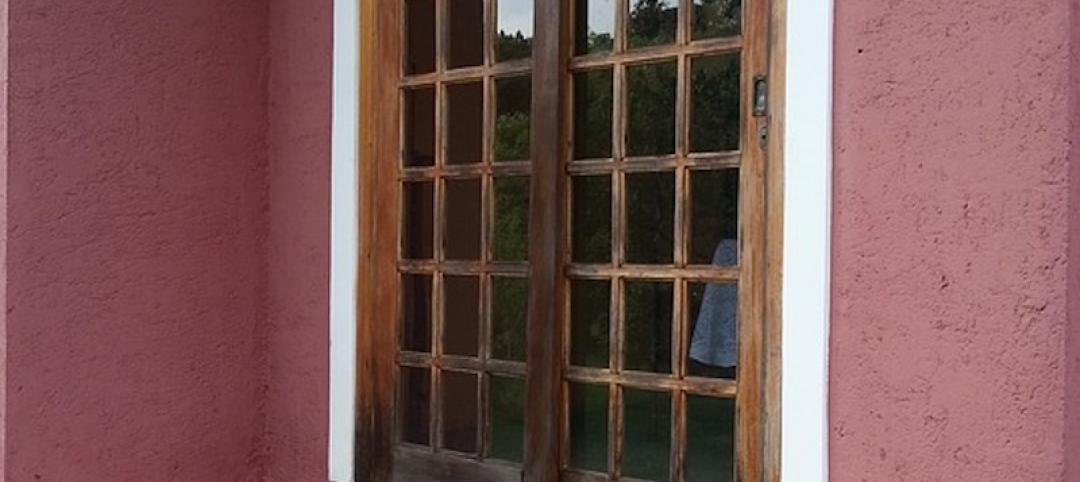For decades, the New York City’s zoning rules have made it hard to construct high-rise buildings that seem airy and minimize the shadows they cast. The city planning department is now working to change that.
In medium- or high-density areas, the department wants to measure how buildings are set back from the street line differently and update rules for street wall design, so that designers could add gardens or more articulation on building fronts. It also wants to make it easier to build on irregularly shaped lots by changing the rules for lot coverage and the distance between buildings.
The Department of City Planning is working on the first serious update to the city’s zoning code since the 1980s. A guiding vision is to allow more flexibility in the shape of buildings so that the city’s built environment can look more like it did in the early 20th century. That means more interior courtyards, street-side gardens, and ground-floor shops.
The measures are part of the housing plan of Mayor Bill de Blasio’s administration. The aim is to increase the city’s density in a more aesthetically pleasing way.
Related Stories
Codes and Standards | Dec 7, 2018
Florida tops ABC’s 2018 Merit Shop Scorecard rankings
Michigan rose fastest after passing prevailing wage law.
Codes and Standards | Dec 6, 2018
North American steel yields lower GHG emissions than Chinese steel
North American construction steel saves about half of GHG emissions on building project.
Codes and Standards | Dec 5, 2018
Canadian retailer builds net-zero stores
Other chains also boost green efforts with PVs, EV charging stations.
Codes and Standards | Dec 4, 2018
Action on building codes would spur low-carbon cities
Faster retrofit cycles, increased energy-efficiency requirements for existing buildings needed.
Codes and Standards | Nov 30, 2018
Best solution to prevent California wildfire disasters: Stop building in places likely to burn
Approach would be unpopular as people attracted to stunning wooded landscapes.
Codes and Standards | Nov 29, 2018
USGBC and BRE form partnership
Two green standards groups will collaborate on standards, platforms, and research.
Codes and Standards | Nov 29, 2018
Parking garages in N.Y. State will have to be inspected every three years
Professional engineer must assess conditions.
Codes and Standards | Nov 28, 2018
To build water-efficient cities, water managers and urban planners must coordinate better
Lack of time and resources, and practitioners not in habit of working together hamper efforts.
Codes and Standards | Nov 27, 2018
AAMA updates specification for roller assemblies in sliding doors, and lift and slide doors
Last update was in 2015.
Codes and Standards | Nov 26, 2018
All LEED-certified buildings eligible for LEED recertification
Projects must submit 12 months of data demonstrating continued or improved performance.

















